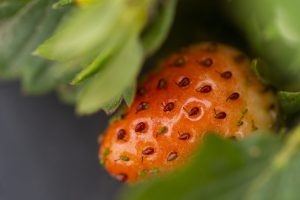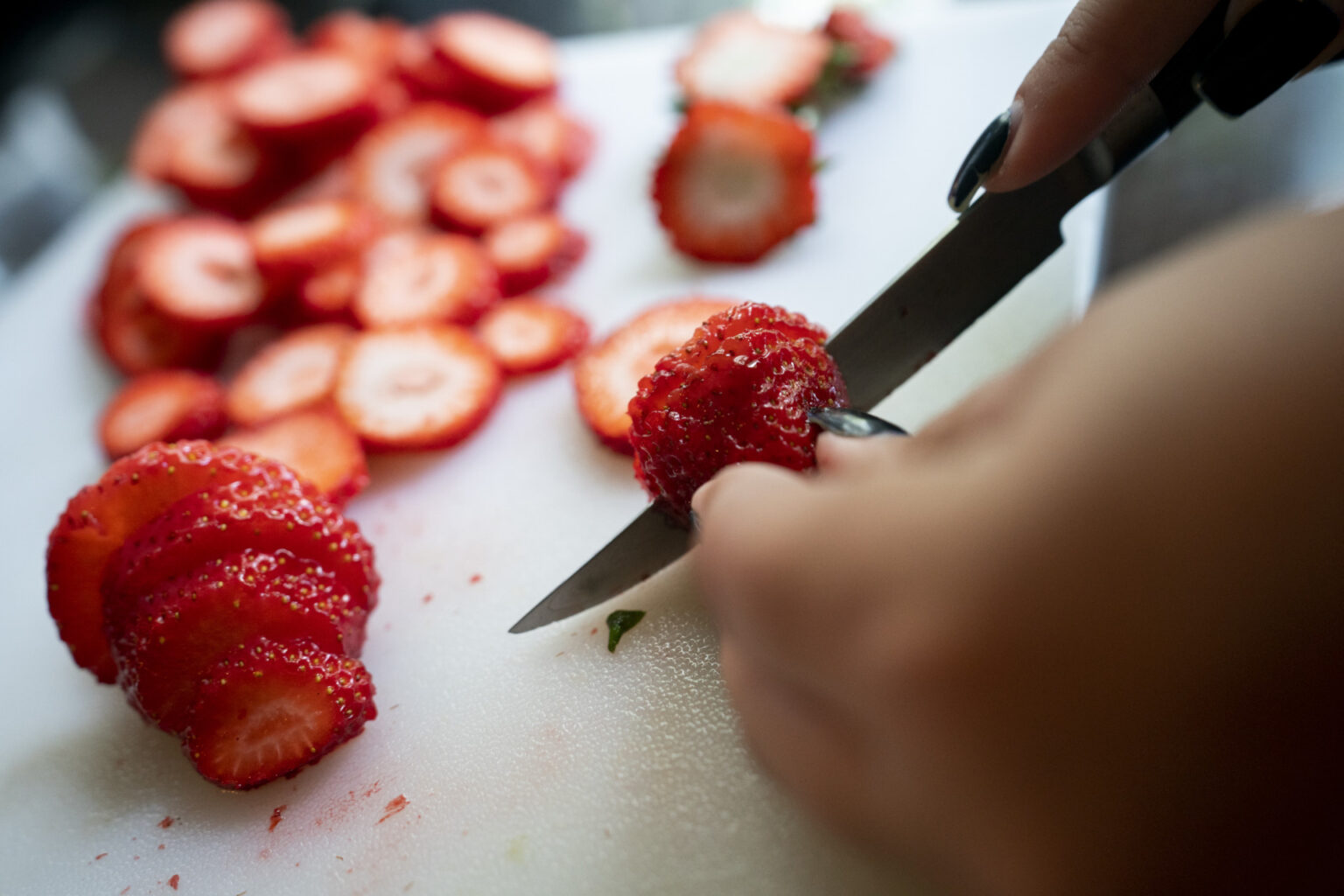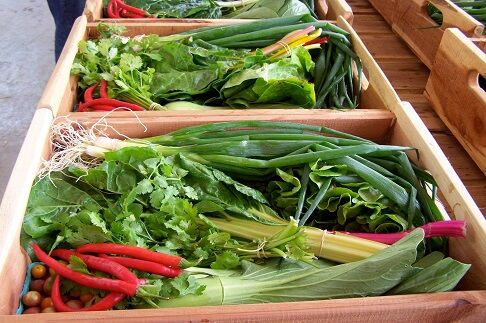Texas A&M AgriLife horticulturist shares juicy tips about planting strawberries in the fall
Strawberries are a classic spring and summer fruit across Texas and the U.S., with the ripest berries found from as early as February to as late as early June.
So fall may be a strange time to think about strawberries, but a Texas A&M AgriLife Extension Service expert said now is the perfect time to plan for fall planting.
Home gardeners may be accustomed to planting strawberries in the spring, however, they likely won’t get the best results, said Russell Wallace, Ph.D., AgriLife Extension horticulturist, Lubbock.
“The cooler months, especially during October, is the prime time to start planting strawberries for better springtime yields and quality fruit,” Wallace said. “We oftentimes get nurseries that sell plants in the spring, and that is really the wrong time of year because it gets too hot, too quickly for the strawberries.”
Fall weather is favorable

While strawberries are best enjoyed under the hot sun, they are a cool-season plant. The cooler weather provides chill hours that improve bud development and, ultimately, fruit production, Wallace said.
He said if you do buy strawberry plants in the spring, you can keep them under shade to help keep them cooler. However, the air temperatures may be too warm.
Wallace said strawberry plants prefer an average daytime temperature of about 72-75 degrees. If you’re living in Texas, this means October is a good time to let transplants take root.
“Strawberries require a lot of care,” Wallace said. “They are best planted in the fall so they can get established during cooler weather.”
What, where and how of planting strawberries
Strawberries can thrive in small spaces and are ideal for square-foot gardening, Wallace said. But he stressed the importance of ensuring that they aren’t too close together, keeping them at about one plant per square foot. If plants are too close to each other they compete for nutrients, which may result in fewer and/or smaller berries.
Wallace added strawberry plants also prefer sandy soils, typically with a pH of less than 7.
He said soilless potting soil is effective but can require more daily care than usual because it can quickly dry your plants out. Wallace suggested keeping plants watered uniformly every day and using a water-soluble fertilizer twice a week.
When adding strawberries to your home garden, Wallace said to keep them as cool as possible.
“Try using shade cloth above your plants,” he said. “Place it about 5 feet or so above the plant to give it room to grow.”
When it comes to choosing the right strawberry variety for Texas, Wallace previously recommended planting June-bearers. However, he said further research revealed that several day-neutral varieties performed very well in Texas.
“My recommendation is to keep testing varieties to see what works best in your area,” Wallace said.
Changing your care with the seasons
Strawberries do require meticulous care, and with the changing weather from planting to harvest, the type of care administered changes. When you are planting in October, Wallace said it is important to keep the soil moist through consistent irrigation. It is also important for home growers to keep weeds and insects at bay.
Fertilizer is also an important amendment for strawberries.
“Keep them fertilized and try to promote as much plant growth as possible in the fall because that will increase more buds and more flowers later on in the spring,” Wallace said.
Depending on your location, Wallace said flowering and fruiting may start as early as January and last into the spring months. He said once you start to see flowers, it is vital to keep those flowers protected from freezing temperatures with plastic or row cover fabric.
For more information, see Wallace’s Low Tunnel Guide for Strawberries for home gardeners.
“You may lose flowers to cold temperatures, but they should reflower after that,” Wallace said. “But it will take about two or three weeks before they get more fruit if they are injured.”
When it comes to harvesting in the spring, Wallace warns against harvesting too early.
“You want to make sure they’re at least 75% red when they are picked to guarantee the best flavor,” Wallace said.
Protecting your strawberries
If you live in a cooler climate, you can protect your plants with a low tunnel covered with plastic. Generally, Wallace said if temperatures don’t go below freezing for very long, the plants should survive.
“Some of the leaves may burn off, but the plants should do just fine,” he said.
While you are protecting your plants against weather and insects, it’s also important to be wary of disease. Wallace notes that botrytis disease is very common on strawberry plants for home growers. A symptom of the disease is white or gray mold on the berries.
“It happens under very wet conditions,” Wallace said. “The flowers get infected, and then the fruit gets infected.”
He said if you aren’t using any pesticides, it’s best to pick the infected flowers or berries and put them in a plastic bag. Then, put them in the garbage as soon as possible to help curb the spread of the disease.
Make your plant selections now
Wallace suggested home growers start buying their plants now, since nurseries can sell out because many people understand this is the time of year to plant.
If you are not happy with the available varieties or are unable to find bare-root strawberry plants in the fall, you can look into online nurseries, he said.
“However, some larger nurseries have a minimum order of 30,000 since it is more cost effective for them,” Wallace said. “But some online nurseries will sell in bundles of 25, which is better for the smaller growers.”




